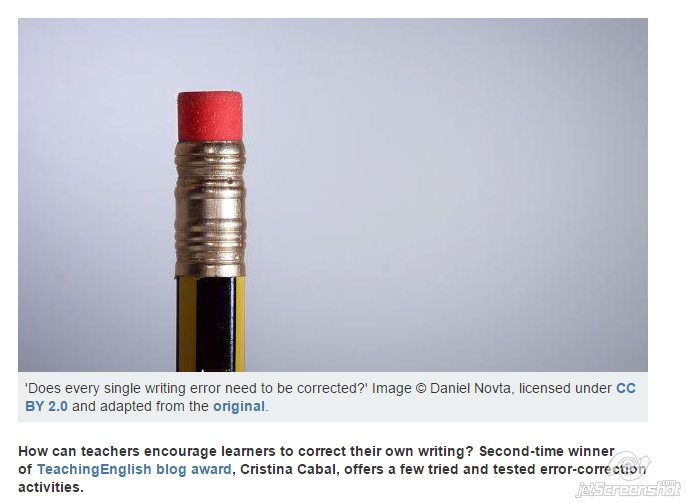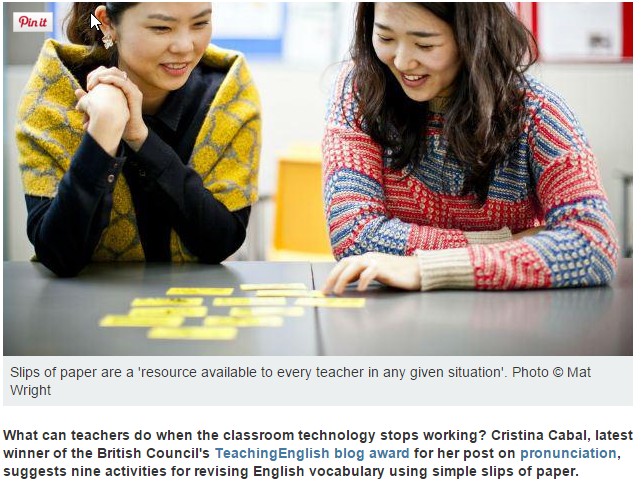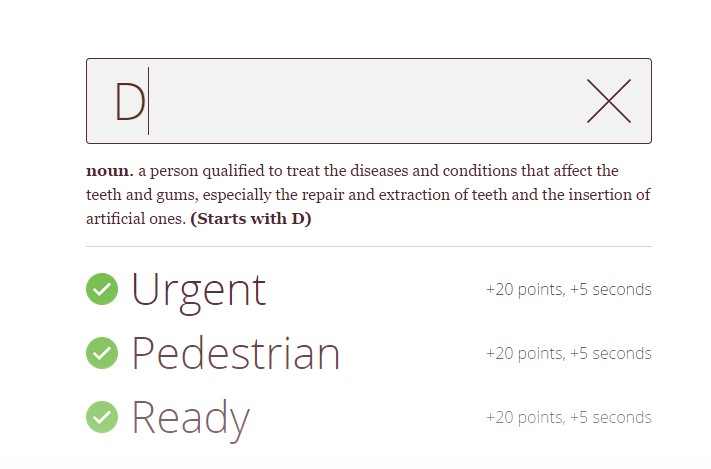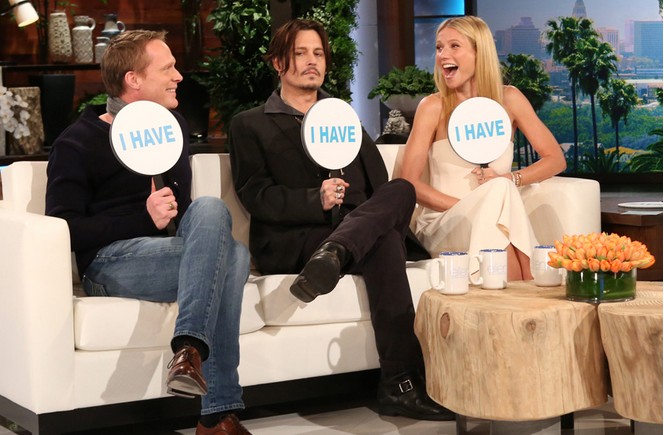Raise your hand if you have never had a problem! Nobody??? Good! That’s what I thought! Now, raise your hand if you have never asked for advice!! I see !! OK ! Maybe some of you don’t like to ask for advice!!
Ok folks !!! What’s clear is that we all have problems and and when we have them, we most usually turn to friends or family asking for advice; it remains to be seen whether we follow the advice but even if we end up feeling that the advice given hasn’t helped much, I’m sure, at least, you would feel grateful just because someone you trust has been willing to take the time to listen to you.
In this post, I want to share with you an activity to practise giving advice, which has worked really well with my students (see photo below)
LEVEL: B1
AIM: to give written advice using
♥I think / I don’t think you should…
♥ If I were you , I would…
MATERIALS: A clean sheet of paper and a pen or you can download the template here.
STEPS
1. Introduce / revise the two structures above, used to give advice. Share with your students a problem and ask them to offer you advice using the two structures above. Choose the funniest or most sensible advice as the best offered.
2. Give students a copy of I NEED SOME ADVICE or display the template so that they can copy the information on a clean sheet of paper.
2. Students write their name and their problem in the space provided and leave it on their table, face up.
3. Introduce the idea of Agony Aunts ( see definiton here) and tell students they are going to act as agony aunts to solve some problems.
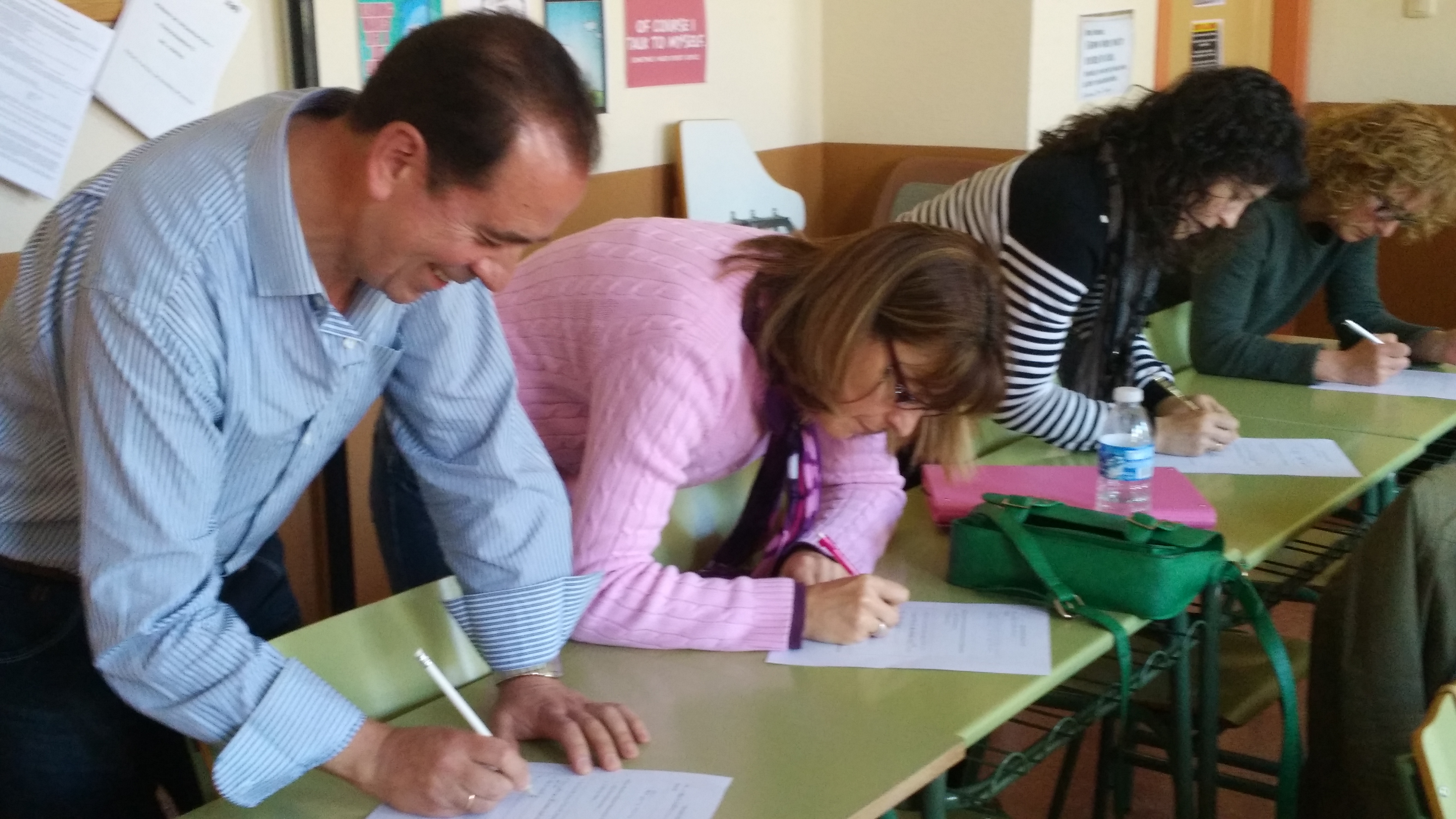
4. Students stand up and they go around the class reading their classmates’ problems and writing their piece of advice in the space provided, together with their name inside the brackets. The same advice cannot be repeated. Allow 10 minutes for this step
5. Students sit down at their desks, read the advice offered for their problems and decide on the best. Problem and advice will be read aloud. The students who has offered the best advice gets one point. See who gets more points and name him the new Agony Aunt.
 Learn English and have Fun!! If you like my blog , “like me” on Facebook too, please. Follow this link
Learn English and have Fun!! If you like my blog , “like me” on Facebook too, please. Follow this link
